As the leaves shift to vibrant shades of orange and the air gets crisper, fall brings with it a unique set of challenges for homeowners. Among these challenges is the increased risk of water damage and mold growth in and around your home. The combination of falling leaves, heavy rain showers, and fluctuating temperatures can create the perfect conditions for moisture-related problems. To help you maintain a dry and mold-free home during the next few months, we’ve compiled 17 essential hacks and tips to safeguard your property this fall.
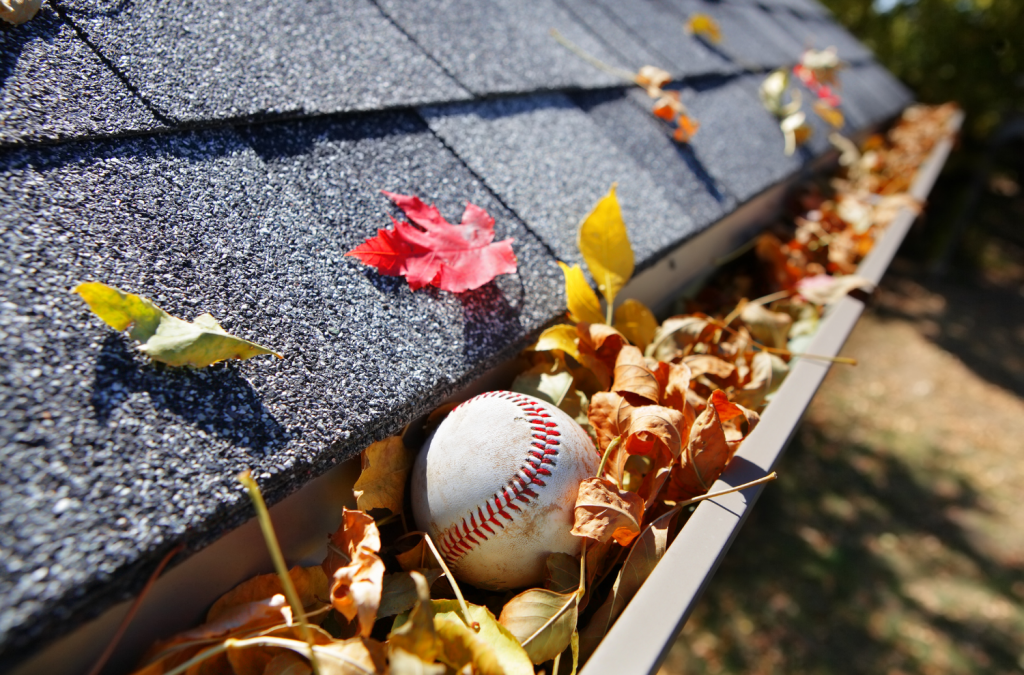
1. Clean Gutters and Downspouts:
Start your fall prep by ensuring your gutters and downspouts are free of leaves, twigs, and debris. This simple step can prevent water from overflowing and seeping into your home’s foundation. https://www.thisoldhouse.com/gutters/reviews/how-to-clean-gutters
2. Install Gutter Guards:
Next, consider installing gutter guards or leaf screens to keep debris out of your gutters while allowing water to flow freely. https://theniftyhouse.com/benefits-of-gutter-guards/
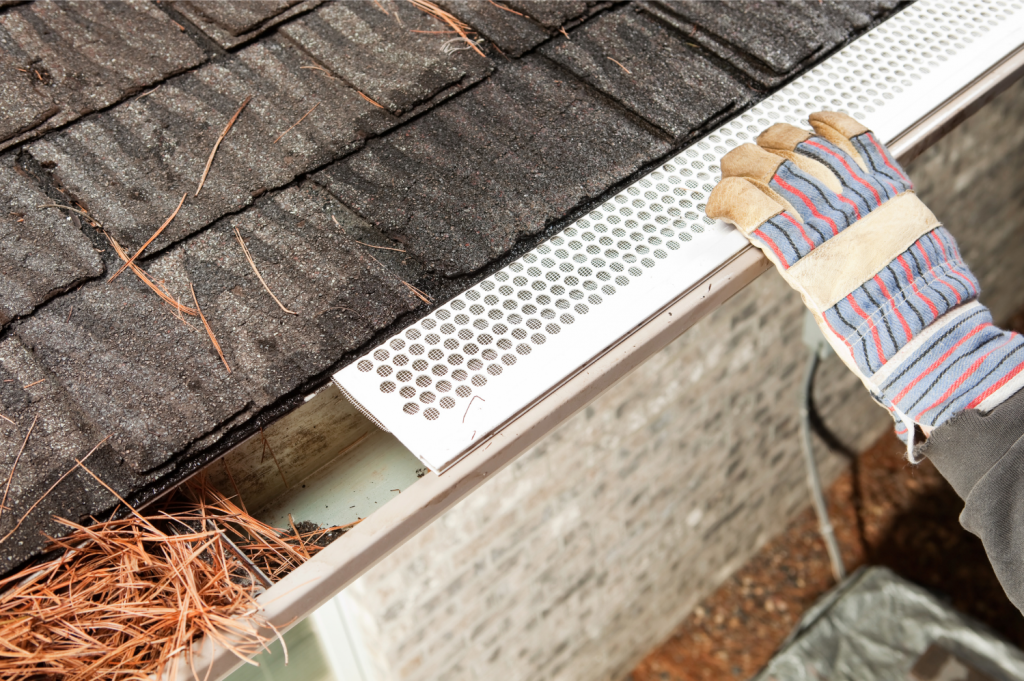
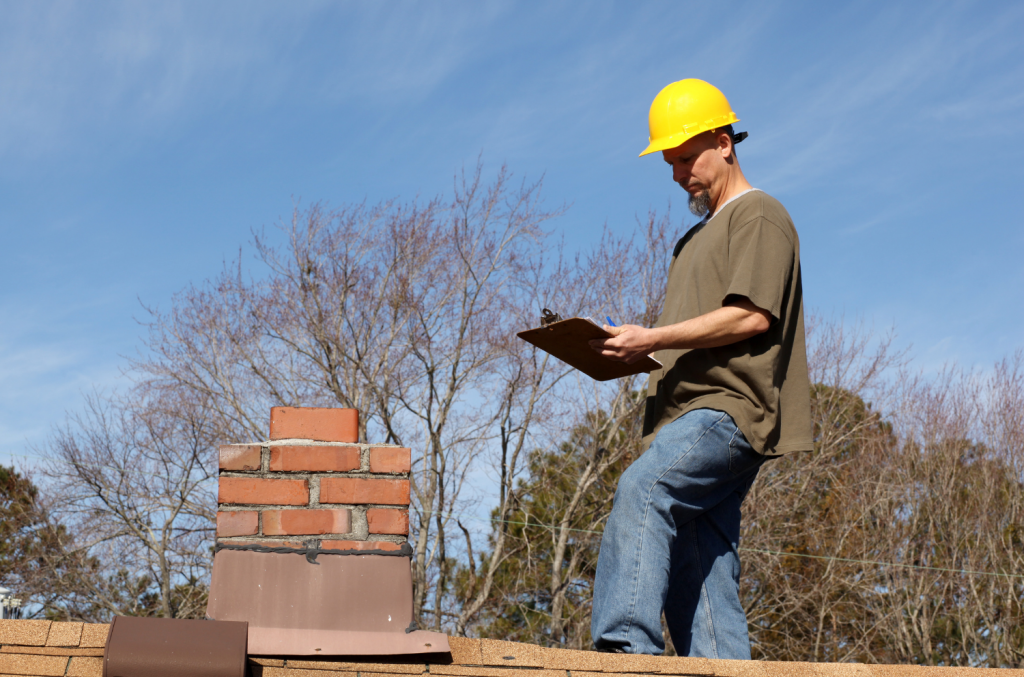
3. Inspect and Repair Roof:
While you (or a pro) are up there, check your roof for damaged or missing shingles and repair them promptly to prevent water from infiltrating your attic or ceilings. https://todayshomeowner.com/roofing/guides/roof-inspection/
4. Seal Windows and Doors:
Inspect the seals around windows and doors and replace or repair any that are damaged. Proper sealing helps keep moisture out. https://www.energy.gov/energysaver/weatherize/air-sealing-your-home
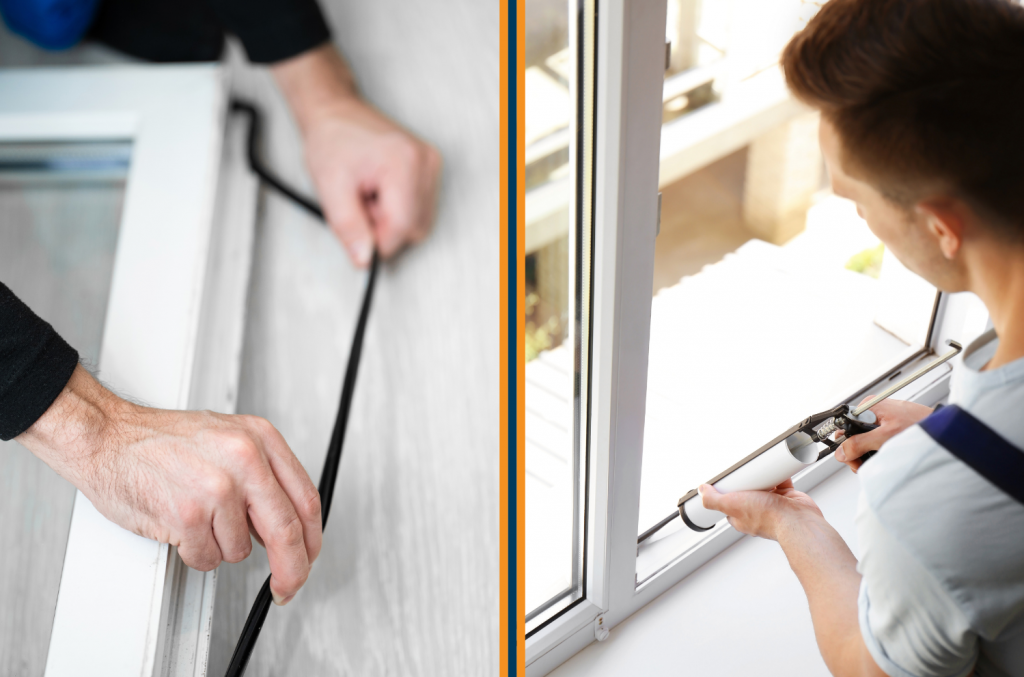
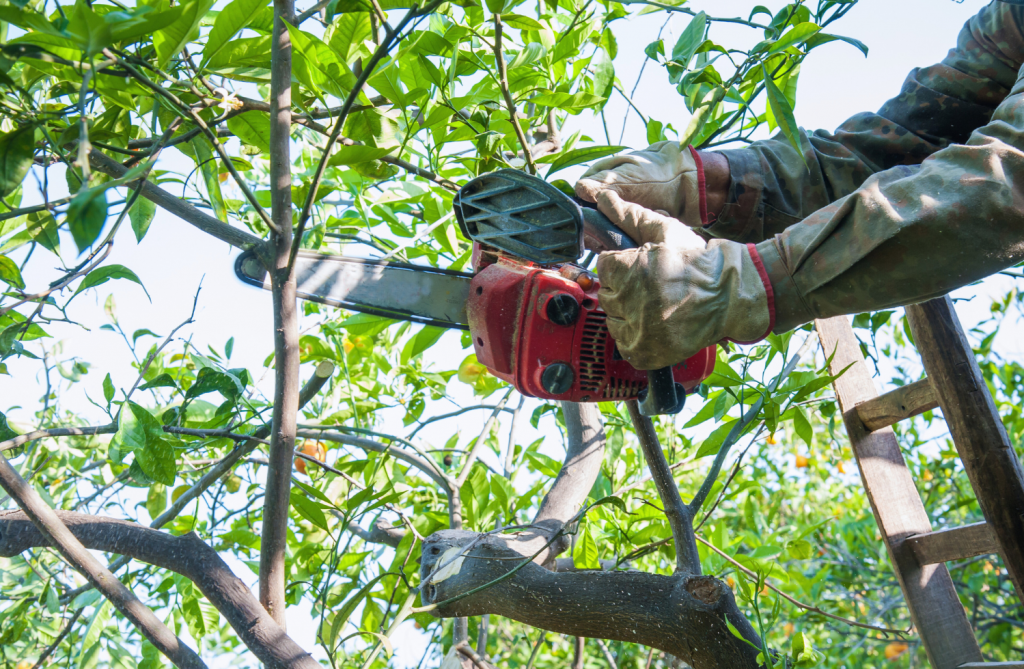
5. Trim Tree Branches:
Trim tree branches that hang over or near your home’s roof to prevent leaves and debris from accumulating on the roof and gutters. You can DIY or hire a professional tree service, depending on what’s needed. https://www.bobvila.com/articles/tree-trimming/
6. Check Your Foundation:
Inspect your home’s foundation for cracks and seal them with appropriate sealants to prevent water from seeping into your basement or crawl space. https://todayshomeowner.com/foundation/guides/foundation-inspection/
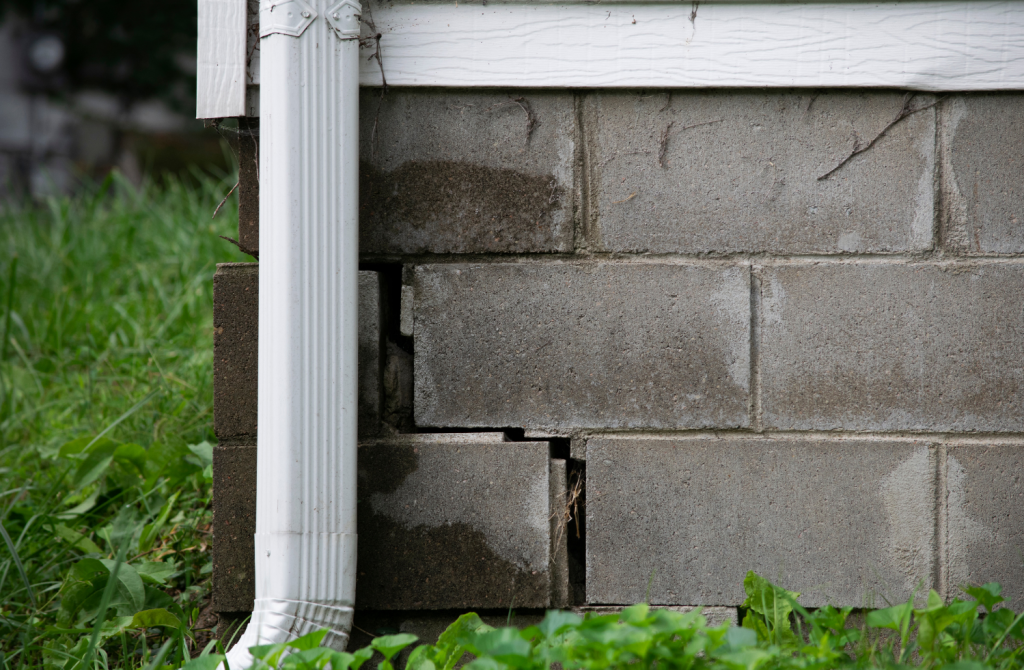
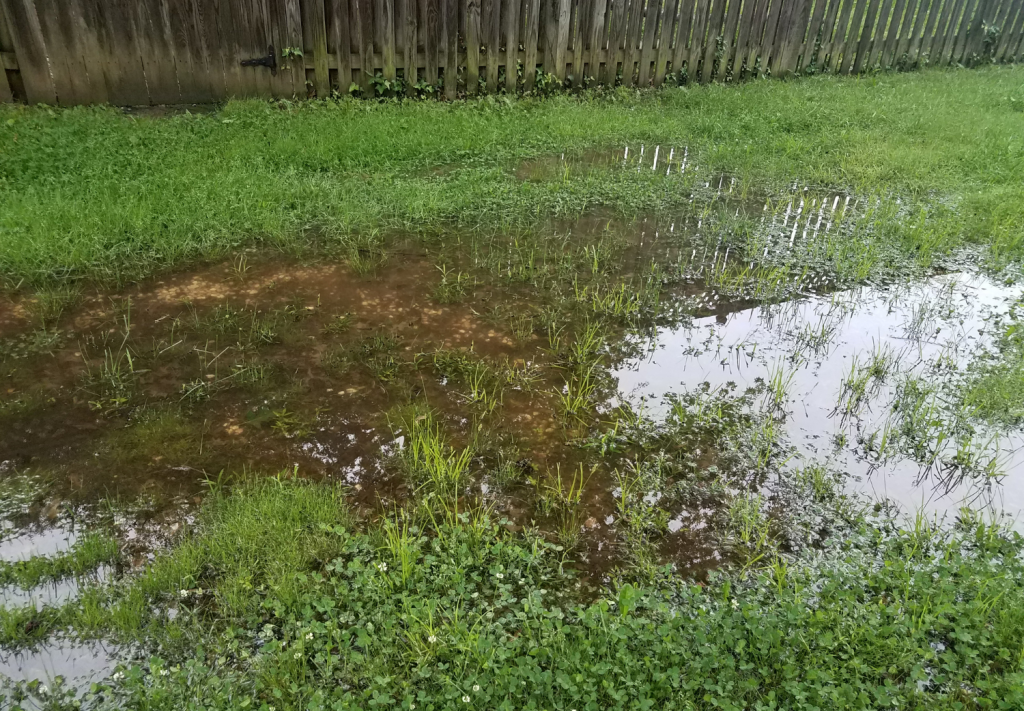
7. Ensure Proper Drainage:
Make sure your property is graded away from your home so that rainwater flows away from the foundation rather than toward it. https://www.thisoldhouse.com/lawns/reviews/yard-grading
8. Test Sump Pump:
If you have a sump pump in your basement, test it to ensure it’s in working condition. Consider installing a battery backup system in case of power outages. https://www.familyhandyman.com/article/how-to-test-sump-pumps/
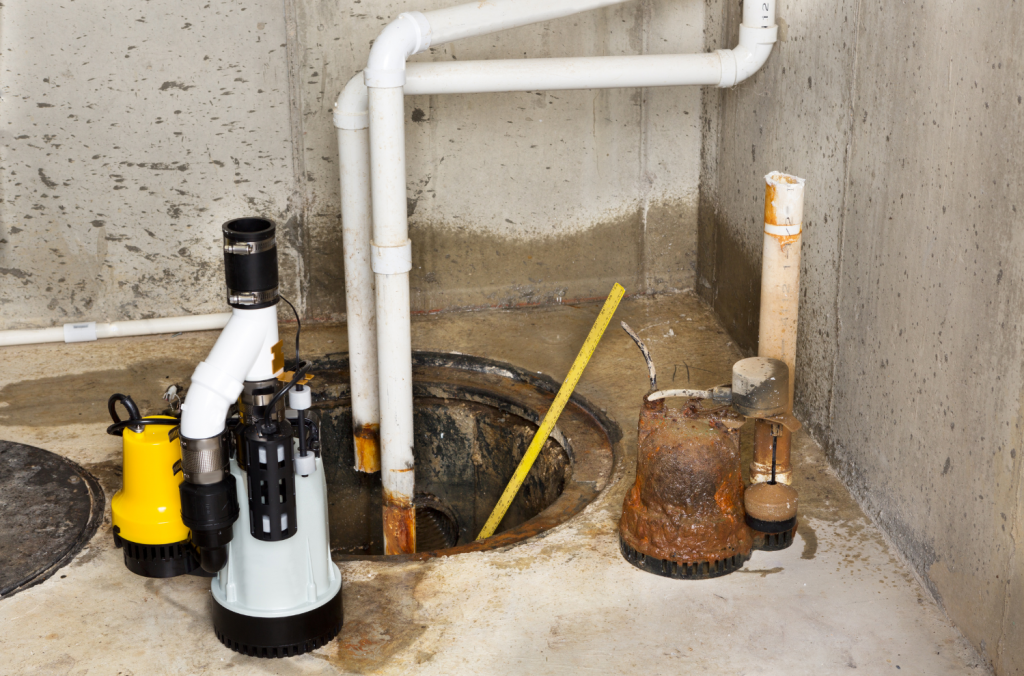

9. Use Dehumidifiers:
In areas prone to high humidity – such as your basement and/or other damp areas inside your home – consider using dehumidifiers to reduce moisture levels and prevent potential mold growth. https://www.consumerreports.org/appliances/dehumidifiers/how-to-get-the-most-from-your-dehumidifier-a1181356221/
10. Inspect Plumbing:
Check for leaks in plumbing fixtures, pipes, and appliances. Address any leaks promptly to prevent water damage and mold growth. https://northeast.newschannelnebraska.com/story/49765699/dealing-with-hidden-plumbing-leaks-detection-and-solutions

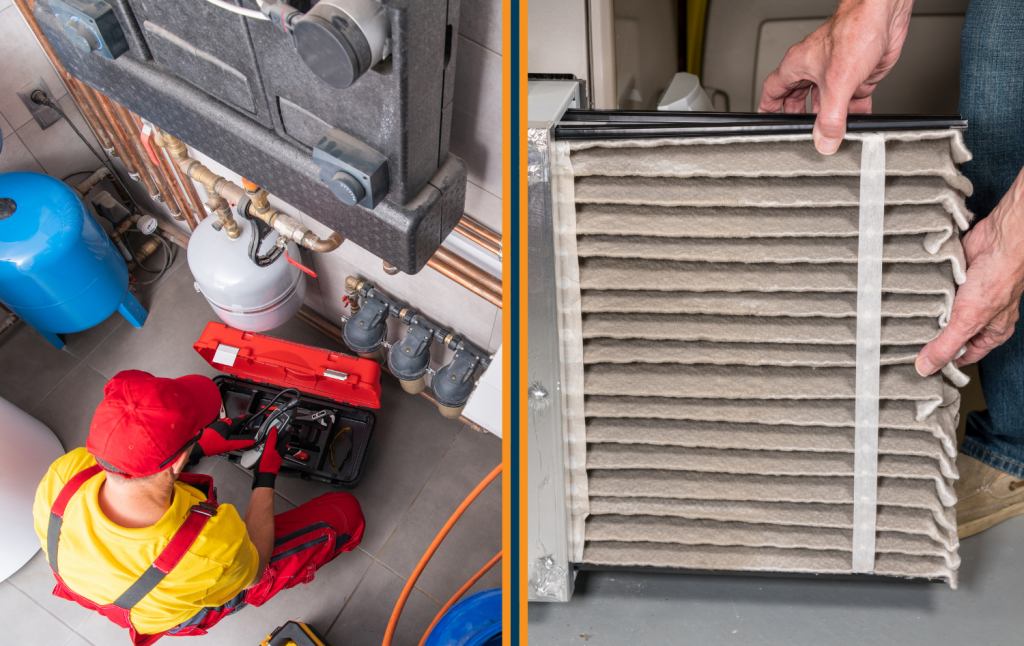
11. Maintain HVAC Systems:
Change HVAC filters regularly and have your HVAC system inspected to ensure it’s functioning properly. A well-maintained system can help control indoor humidity levels. https://www.energy.gov/energysaver/maintaining-your-air-conditioner
12. Insulate Pipes:
Insulate exposed pipes to prevent them from freezing and bursting as the temperature drops. https://www.bobvila.com/articles/how-to-insulate-pipes/
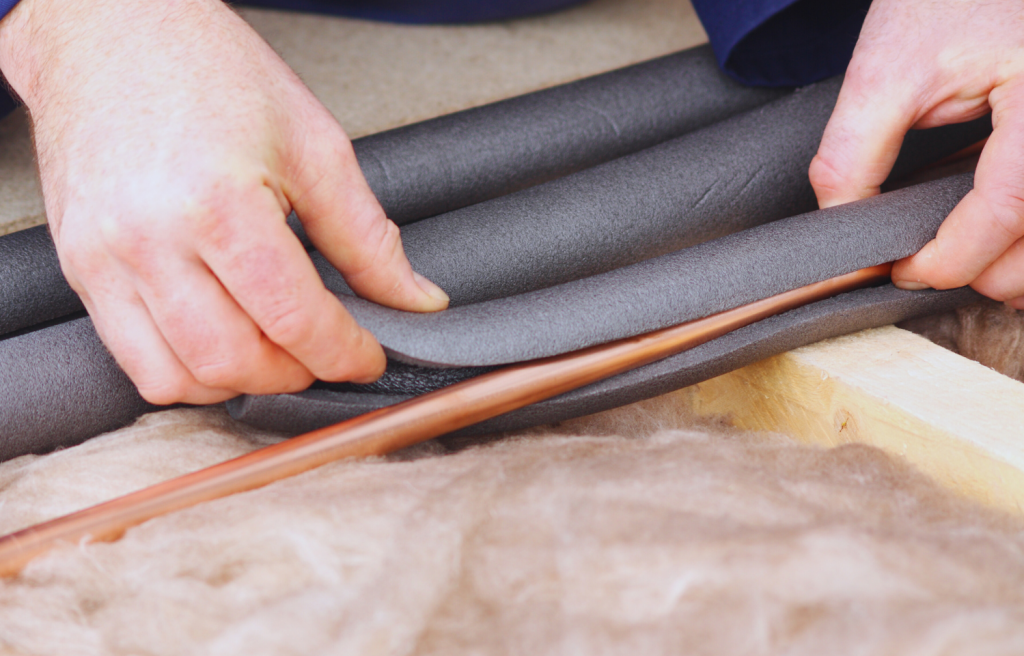
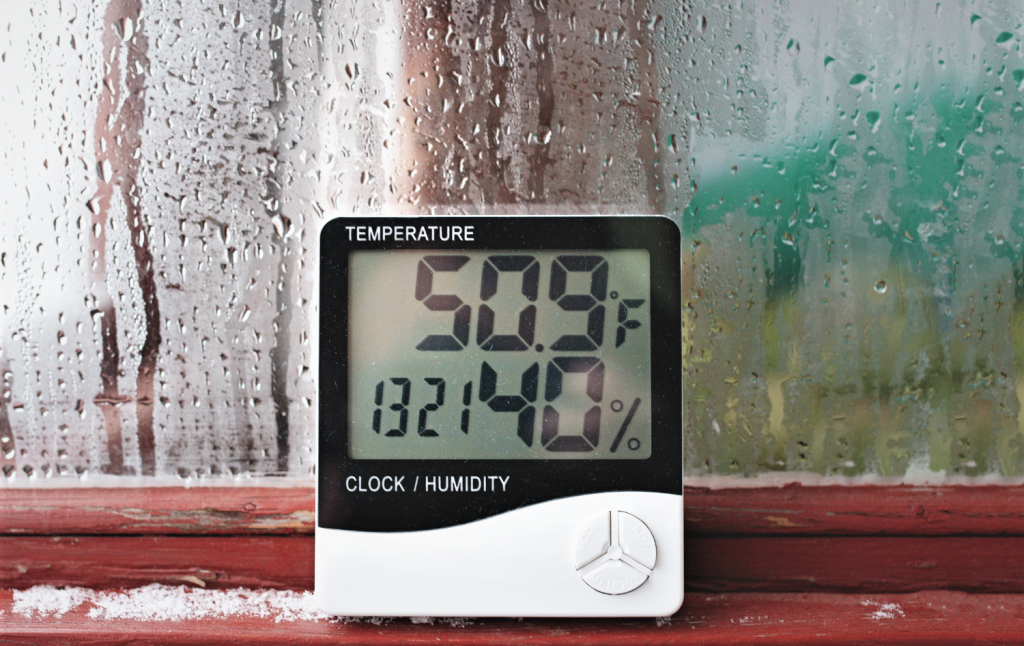
13. Monitor Indoor Humidity:
Use a hygrometer (analog or digital) to monitor indoor humidity levels. Keeping humidity below 50% helps discourage mold growth. https://www.hvac.com/expert-advice/recommended-humidity-level-home/
14. Use Exhaust Fans:
Use exhaust fans in bathrooms (and your kitchen!) to vent excess moisture and odors outside and prevent them from lingering indoors. https://www.thespruce.com/best-bathroom-exhaust-fans-4689544
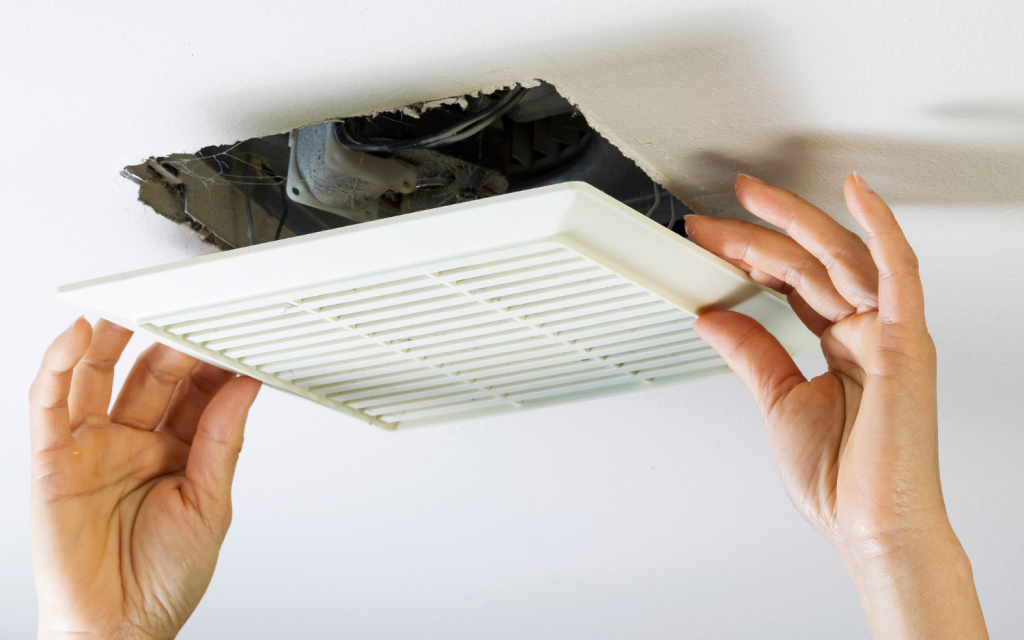
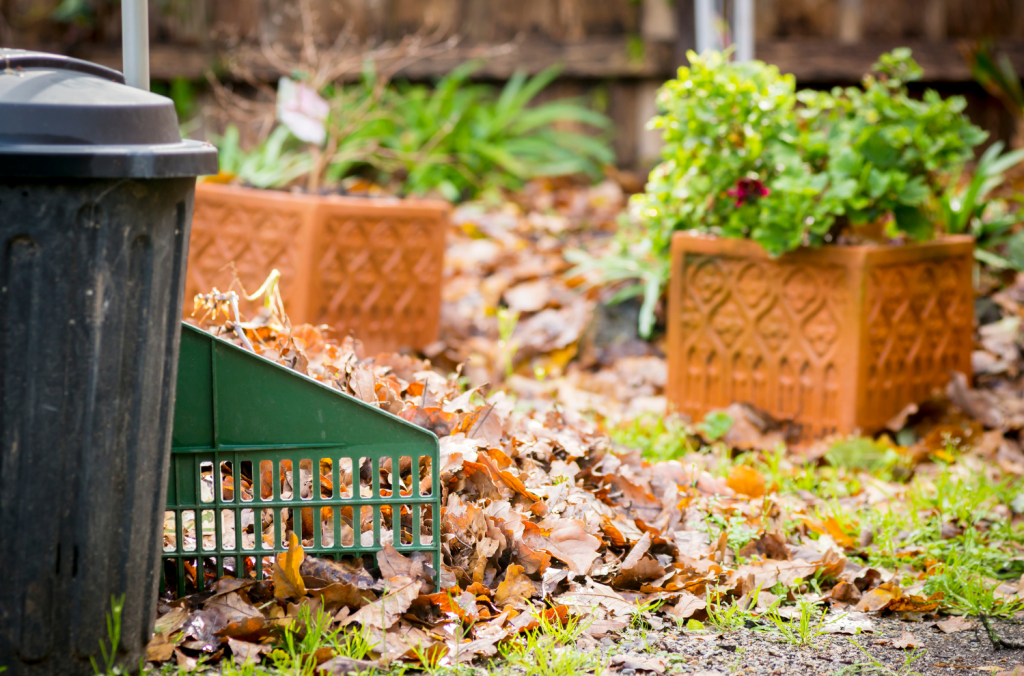
15. Remove Wet Leaves and Debris:
Regularly rake and remove wet leaves and debris from your yard to prevent them from piling up against your home’s foundation or otherwise interfering with proper yard drainage. https://www.familyhandyman.com/list/tips-for-dealing-with-leaves-like-a-pro/
16. Check Crawl Spaces:
If you have a crawl space as part of your basement or foundation, inspect it for moisture issues and consider installing vapor barrier material as needed. https://www.familyhandyman.com/project/how-to-install-a-vapor-barrier-in-the-crawlspace/
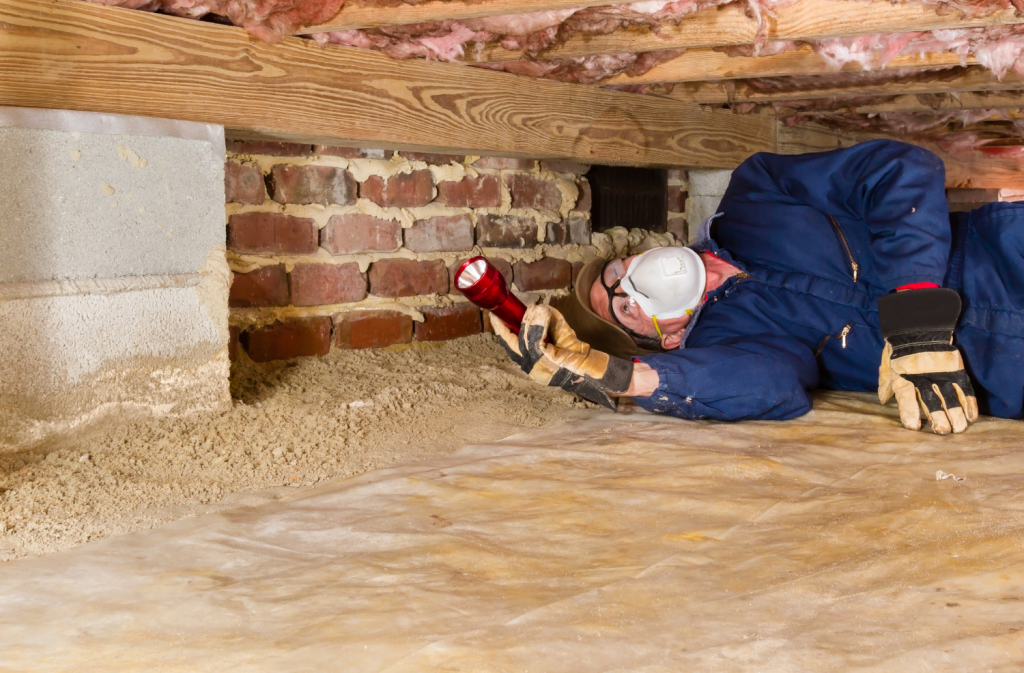
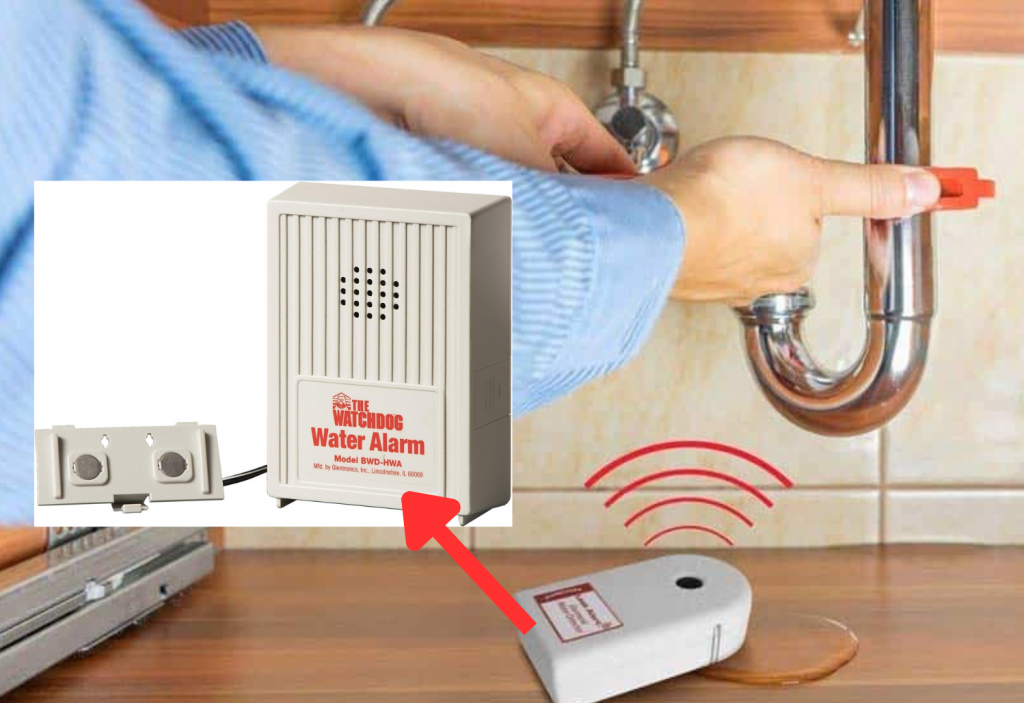
17. Invest in a Moisture Alarm:
Consider installing moisture alarms in areas prone to water leaks, such as basements, bathrooms, and below your kitchen sink. Moisture alarms can alert you to leaks before they can cause significant damage. https://www.consumeraffairs.com/homeowners/water-leak-detectors.html
By following these simple steps, you can reduce the risk of water damage and mold growth in your home during the fall months…and throughout the year. Regular maintenance and preventive measures are key to a dry and mold-free home. Don’t wait until the damage is done; take action now to protect your home and enjoy a worry-free season as you head into the holidays!
Need a helping hand with evaluating and addressing moisture and mold concerns in your home or business? Give us a call at 724-369-DRYY or get in touch via our CONTACT page. After all, we Expect The Unexpected…and we’re always happy to help!



